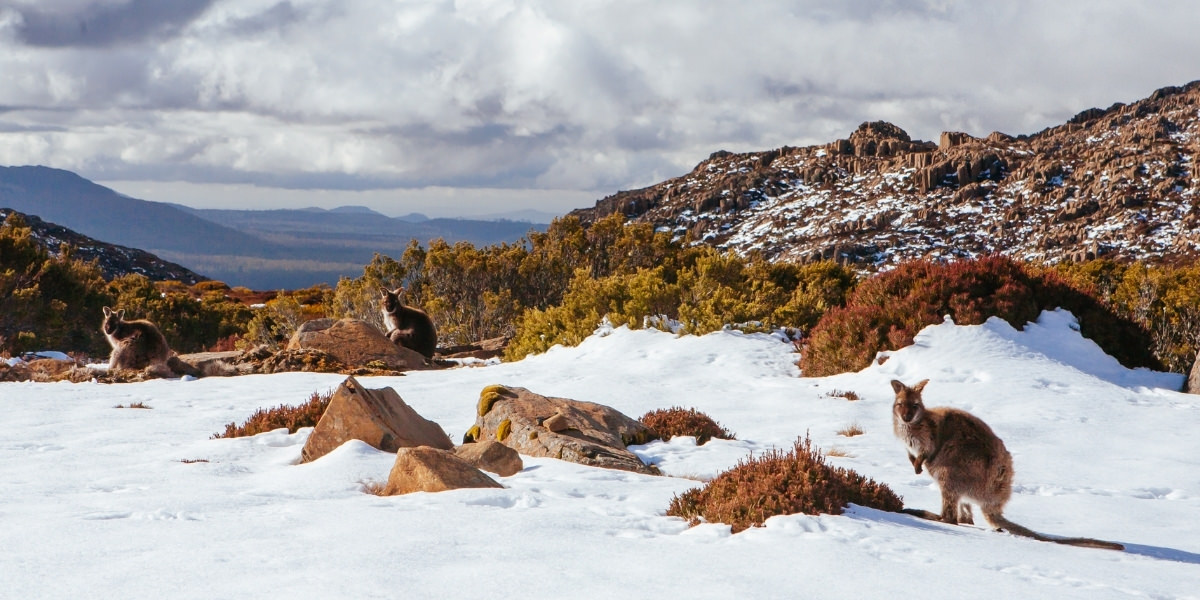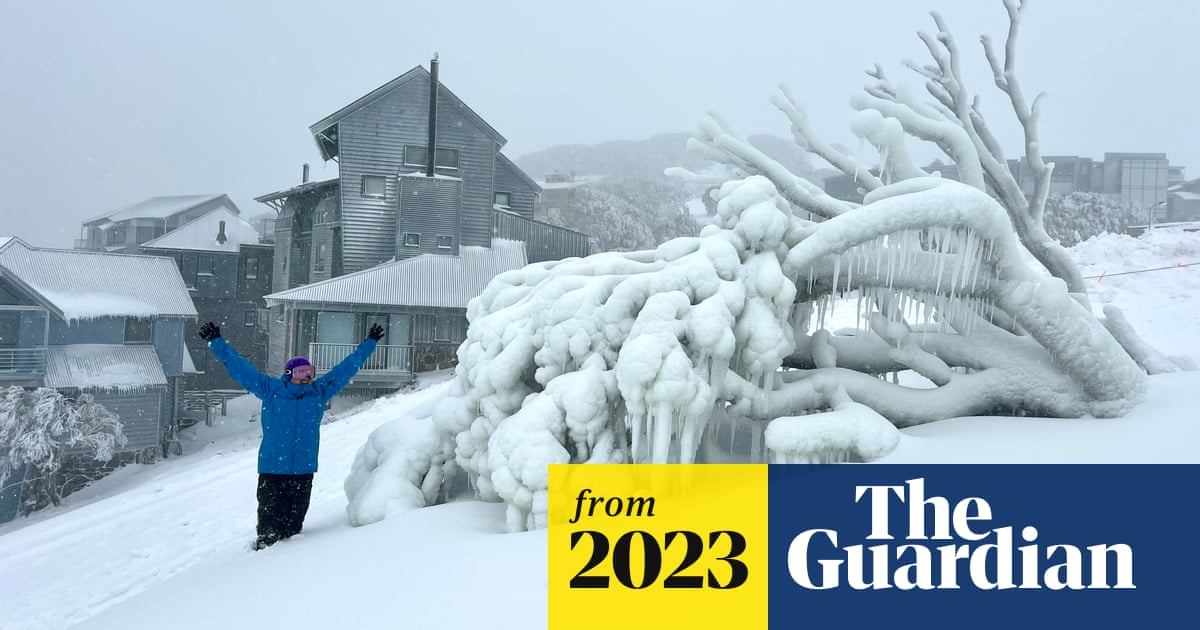Find Out How to Pack for a Getaway to the Snow In Australia with Useful Tips
Find Out How to Pack for a Getaway to the Snow In Australia with Useful Tips
Blog Article
Discover the Interesting Effects of Snow in Australia on Local Communities
Regardless of its online reputation for sun-soaked landscapes, Australia also boasts regions blanketed by snow-- a sensation that exceptionally affects the nation's special ecological communities. The shielding homes of snows protect vegetation and fauna among the chilliest winter seasons, while the melting snow nurtures rivers and water life. However, the real marvel hinge on exactly how these wintry problems shape the nation's biodiversity and nutrient cycles. As we unravel this elaborate relationship, we find ourselves treading on untouched premises in Australia's high country.
The Unforeseen Regions of Snowfall in Australia
Although Australia is frequently connected with sandy beaches and sun-scorched landscapes, specific regions remarkably experience snowfall. The high country areas of New South Wales, Victoria, and Tasmania are particularly recognized for their winter months snow. The Snowy Hills in NSW, as an example, receive abundant seasonal snow, providing a raw comparison to the country's regular warm, dry climate. Meanwhile, the Victorian Alps and components of Tasmania additionally see annual snowfalls, changing the landscape into a wintertime heaven. These areas are not just anomalies yet important parts of Australia's varied climate system. The existence of snow in these areas substantially influences regional ecosystems, consequently affecting the country's unique biodiversity. Nevertheless, the particular influence on Australia's distinctive flora will be talked about in the following section.

Just How Snow Impacts Australia's Special Flora
These plants have actually advanced to survive in severe conditions, with snow serving as a protective covering from freezing temperatures and harsh winds. The snow likewise adds to the dampness material of the dirt, giving necessary hydration for plant life throughout the completely dry summer season months. In significance, the snow influences the timing of blooming and seed dispersal, the growth prices, and the survival of lots of plant varieties, showcasing the intricate interaction between environment and plants in Australia.

The Adjustments of Australian Animal to Snowfall
Simply as Australia's flora has adjusted to the wintery conditions, the regional fauna as well, exhibit exceptional adaptations to the snowfall. Types like the Hill Pygmy-possum, the only Australian marsupial understood to hibernate, have actually progressed methods to survive in snowy environments. It uses the snow as insulation, hibernating in rock holes beneath the snow to remain warm. In a similar way, the Snow Skink, a varieties of reptile, changes its colour to white throughout winter months, supplying camouflage versus predators. Birds such as the Snowy Mountains' Crimson Rosella additionally adjust their diets to eat offered food resources throughout colder periods. Therefore, despite the rough conditions, Australian animals demonstrates a flexible and durable nature, guaranteeing their survival in regions experiencing snowfall.
The Function of Snow in Shaping Regional Ecosystems
In shaping the neighborhood ecological communities, the role of snow in Australia is both multilayered and profound. Snow gives a critical water source, feeding rivers and tanks as it melts, thus supporting a range of aquatic life forms. The existence of snow shapes the plants patterns, animal habits, and total sustainability of Australia's unique communities.

The Future of Snowfall in Australia: Ramifications and predictions

Given the critical function snow plays fit local ecosystems, the future of snowfall in Australia is attracting boosting attention from environmentalists and researchers. Existing climate models anticipate a considerable decline in snowfall due to worldwide warming, with possibly extensive effect on regional environments. Much these details less snow might result in lowered water availability in alpine regions, negatively influencing wild animals environments and plant. It might change the timing of seasonal adjustments, interrupting the life cycles of lots of native varieties. The tourism industry, greatly reliant on the wintertime snow season, may also face considerable obstacles. As a result, recognizing these forecasts and their effects is crucial to develop effective preservation investigate this site approaches, making sure the conservation of Australia's one-of-a-kind biodiversity and the sustainability of its economic situation.
Verdict
The duty of snow in Australia's ecosystems is essential yet often overlooked. Hence, the snow in Australia is more than an all-natural phenomenon; it's an important player his response in the country's environmental narrative.
Regardless of its credibility for sun-soaked landscapes, Australia also flaunts regions blanketed by snow-- a sensation that exceptionally influences the country's special environments. It utilizes the snow as insulation, hibernating in rock crevices underneath the snow to stay warm - Does Australia Get Snow.In forming the neighborhood communities, the function of snow in Australia is both multilayered and extensive. The visibility of snow shapes the vegetation patterns, pet habits, and total sustainability of Australia's unique ecological communities
Given the critical function snow plays in shaping regional environments, the future of snowfall in Australia is drawing boosting interest from researchers and environmentalists.
Report this page